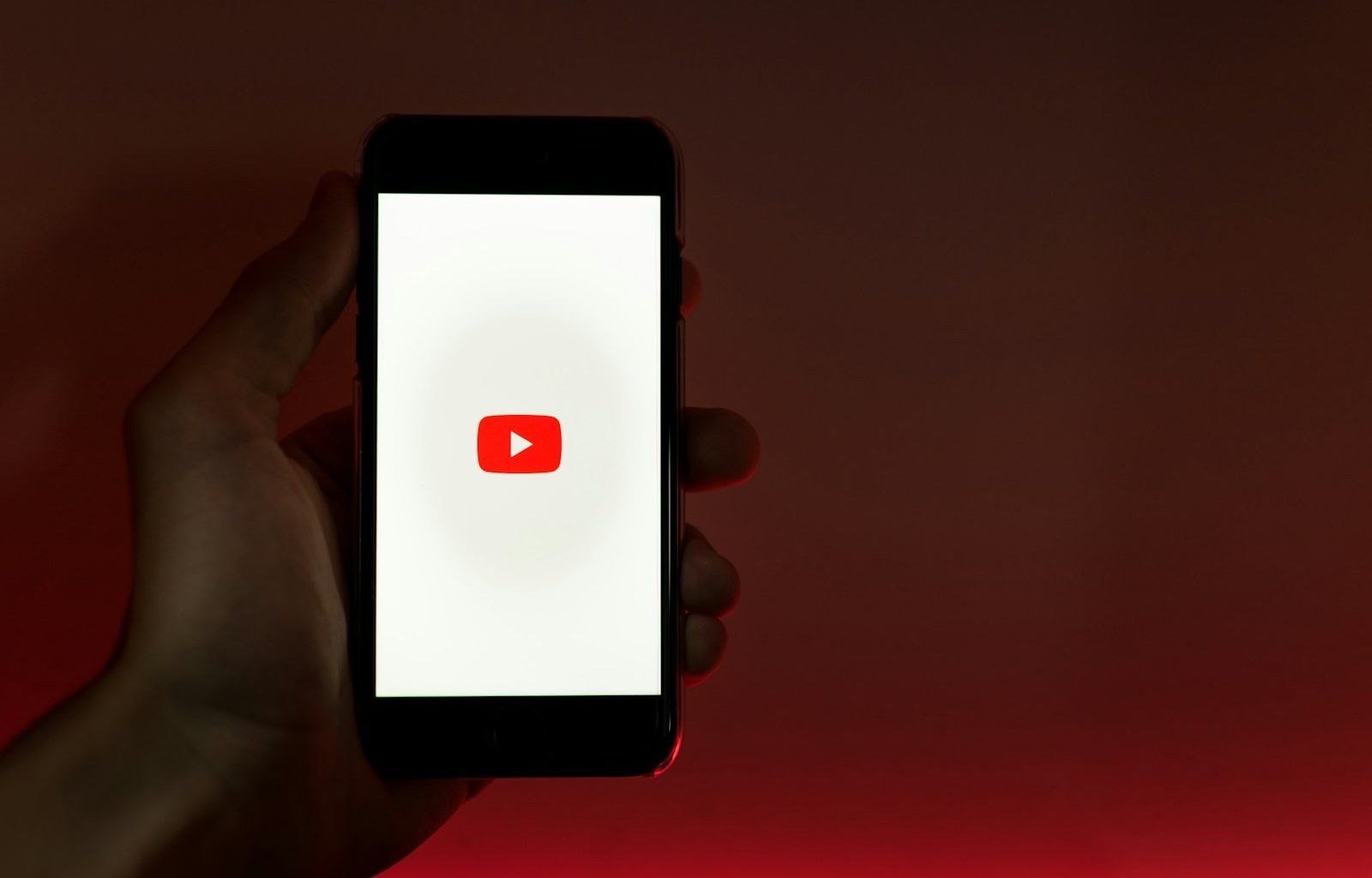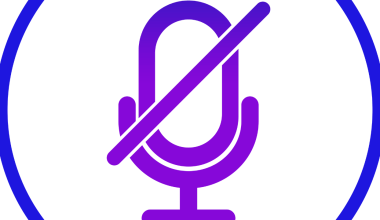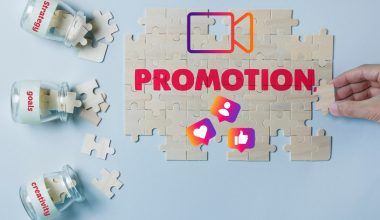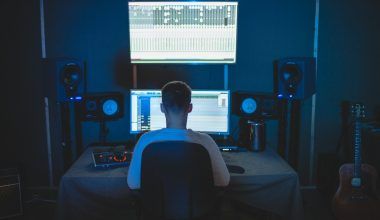Have you ever heard a fantastic song while watching a YouTube video and wished you could figure out its name? Or maybe you’re a content creator concerned about copyright issues in your videos. This is where YouTube Music ID comes into play. It’s a feature that helps identify songs used in videos, allowing viewers and creators to engage with music like never before.
In this guide, we’ll dive deep into the world of YouTube Music ID—exploring how it works, why it matters, and how you can make the most of it. By the end, you’ll have a complete understanding of how this technology enhances your music experience on YouTube.
The Basics of YouTube Music ID
To begin, let’s break down what YouTube Music ID actually does. Essentially, it’s an audio recognition system. When a video contains copyrighted music, YouTube’s Content ID system—which powers YouTube Music ID—matches the audio with a database of copyrighted tracks. It then labels the music in the video’s description, allowing users to discover and stream the song.
For example:
- Viewers benefit by easily finding music they enjoy.
- Creators can avoid copyright issues by understanding what music is flagged.
- Artists get proper credit and royalties for their work.
This system works seamlessly to ensure everyone benefits. Plus, the process is automated, so music identification happens almost instantly.
Why YouTube Music ID Is Important
For Music Lovers
Let’s face it: discovering new music is one of the joys of life. Imagine watching a travel vlog with a catchy soundtrack. Thanks to YouTube Music ID, you can scroll down to the video description and find the song title and artist without using third-party apps or guesswork.
For Creators
If you’re a YouTuber, you know how frustrating copyright claims can be. The Music ID system helps you:
- Avoid unintentional copyright infringement.
- Use royalty-free music by identifying flagged tracks.
- Provide proper credit to artists, maintaining ethical content creation practices.
For Artists and Labels
This tool ensures that artists receive due recognition and monetization. When someone discovers a song through YouTube Music ID, they can stream or buy it, boosting the artist’s exposure and revenue.
How Does YouTube Music ID Work?
YouTube Music ID uses advanced algorithms to analyze audio tracks. Here’s how it works:
- Content Upload: When a creator uploads a video, YouTube scans its audio for any matches in its extensive database of copyrighted music.
- Matching Process: If a match is found, YouTube labels the music in the video description.
- Monetization: The rights holders can choose to monetize the video, track its performance, or block it entirely based on their preferences.
This system is both a blessing and a responsibility for creators. Knowing how to navigate it is essential for anyone serious about content creation.
Using YouTube Music ID to Discover New Songs
Discovering music through YouTube Music ID is straightforward. Here’s a quick guide:
- Check the Description: Most videos with identifiable music will have a section titled “Music in this video.” It lists the song title, artist, and a link to the music platform.
- Use Third-Party Tools: Although YouTube Music ID is effective, apps like Shazam or SoundHound can complement it if a song isn’t identified.
- Engage with Artists: Found a song you love? Follow the artist on YouTube Music or other platforms to support their work.
By making music discovery this easy, YouTube Music ID has transformed how we connect with soundtracks in videos.
The Role of Content ID in YouTube Music ID
Content ID is the backbone of YouTube Music ID. It’s an automated system that enables copyright holders to manage their intellectual property on YouTube. Here’s how it works:
- Copyright Matching: Scans videos for audio, visual, or metadata matches.
- Claim Management: Allows rights holders to monetize, track, or block content.
- Global Database: Covers millions of tracks, ensuring comprehensive identification.
This system protects creators and artists alike, ensuring that music usage on YouTube remains fair and transparent.
As a creator, dealing with copyright can be tricky. Here are some tips to avoid issues:
- Use Royalty-Free Music: Platforms like Epidemic Sound or Artlist offer music that won’t trigger Content ID claims.
- Check Before Uploading: Use tools to pre-screen your video’s audio for potential copyright matches.
- Credit Properly: If you’re using copyrighted music legally, ensure proper attribution to the artist.
- Understand Licensing: Learn about Creative Commons and other licensing options to use music ethically.
Following these tips will save you time, frustration, and potential revenue loss.
How to Monetize with YouTube Music ID
For artists, YouTube Music ID offers monetization opportunities. Here’s how:
- Ad Revenue: If your song is used in a monetized video, you earn a share of the revenue.
- Streaming and Downloads: Links in video descriptions drive traffic to your music on streaming platforms.
- Exposure: Being featured in viral videos can catapult your career.
If you’re a musician, registering your tracks with YouTube’s Content ID system is a must.
The Future of YouTube Music ID
As technology evolves, so will YouTube Music ID. Here are some exciting possibilities:
- Better AI Matching: Enhanced algorithms could improve accuracy for independent artists.
- Expanded Database: Incorporating more tracks from around the world.
- Integration with Streaming Services: Seamless links to platforms like Spotify or Apple Music.
These advancements will make music discovery and copyright management even more user-friendly.
Conclusion: Why You Should Care About YouTube Music ID
Whether you’re a viewer, creator, or artist, YouTube Music ID is a game-changer. It makes discovering music effortless, simplifies copyright management, and ensures artists get the recognition they deserve.
So next time you’re captivated by a song in a video, thank YouTube Music ID for making it easy to find. And if you’re a creator or musician, make sure you’re leveraging this powerful tool to enhance your work.
For further reading, explore these related articles:
- Free Music Submission Blogs: A Complete Guide for Artists
- Mastering Music Industry Words: A Beginner’s Guide to Industry Lingo
For additional resources on music marketing and distribution, visit DMT Records Private Limited.






